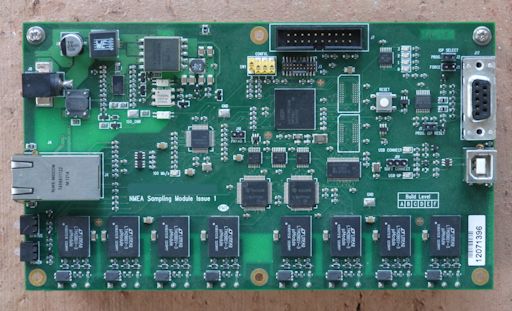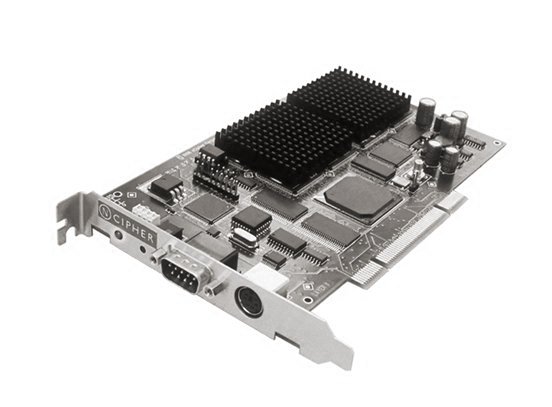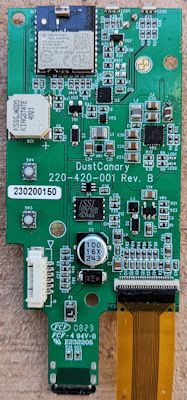ARM Processor Based Designs
Design Interface has supplied many ARM processor based designs - including several to ARM themselves. Another client company requiring massive and programmable number crunching performance in a small space has dominated its market with a multiprocessor StrongARM system developed by Design Interface. Some examples are shown below:
ARM Cortex Based Board

This board is part of a system that monitors and collects ship movement, sensor output and control input data in order to continuously assess risk and initiate timely corrective action when necessary. Information from eight isolated RS485 interfaces is collated and passed over Ethernet to a host PC. The board can be powered by Power Over Ethernet (PoE), or by a local DC supply. USB and RS232 interfaces are provided for maintenance and debug support.
FPGA Based Development Board
One use for FPGAs has been to emulate a proposed ASIC in order to develop and prove the design prior to tape-out.

A European company developing an ARM based product ordered this board design to allow them to verify their multiple sourced schematic / VHDL / Verilog design before committing to an ASIC. A discrete ARM processor is mounted on the mezzanine board in the top right corner, the AMBA bus and other signals are connected to the FPGAs. An additional benefit was being able to supply working systems to their software developers months before the ASIC design was finalised. The fully functional prototypes allowed new features to be evaluated simply by reloading the FPGAs, thereby enhancing the utility of the final ASIC implementation.
Multiprocessor StrongARM System

Up to eight 233 MHz SA110 StrongARM processor sites may be populated on this half size PCI card, allowing a range of price / performance options within a single design. Each heatsink conceals four SA110 StrongARM processors.
Bluetooth Connected Wearable Particulate Sensor

The Bluetooth module on this sensor board integrates two ARM Cortex MCUs, one to manage the radio and another to run the application software. This board communicates with a particle sensor (not shown) and displays readings on a OLED display (not shown). Operating parameters can be loaded over the Bluetooth interface so that alarms (audio and visual) will occur if dust thresholds are exceeded. Similarly log information can be uploaded at the end of a shift.